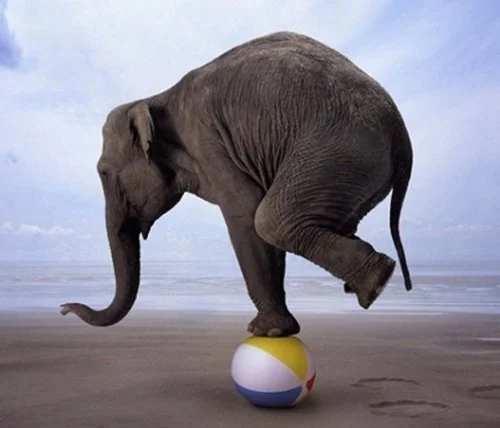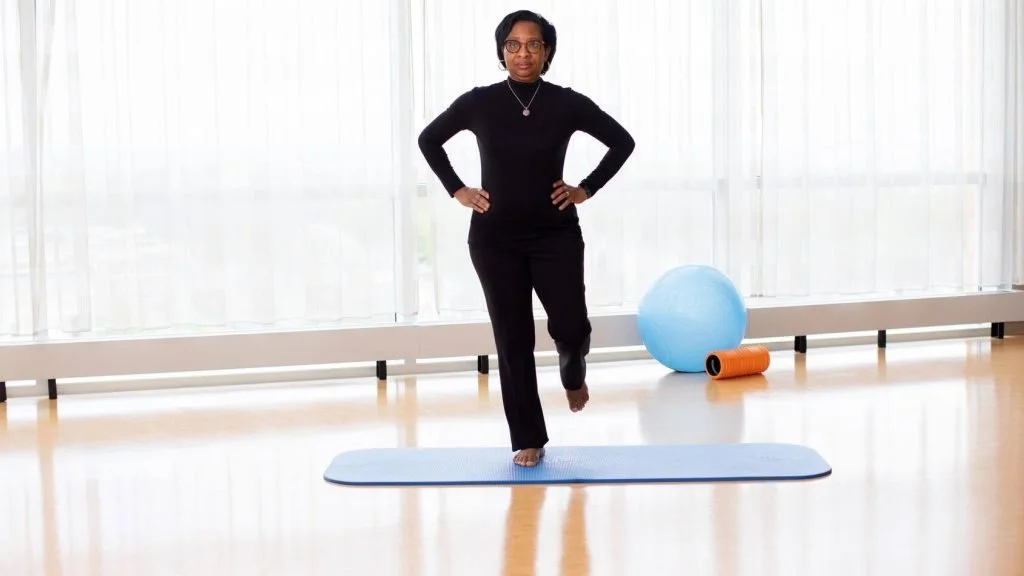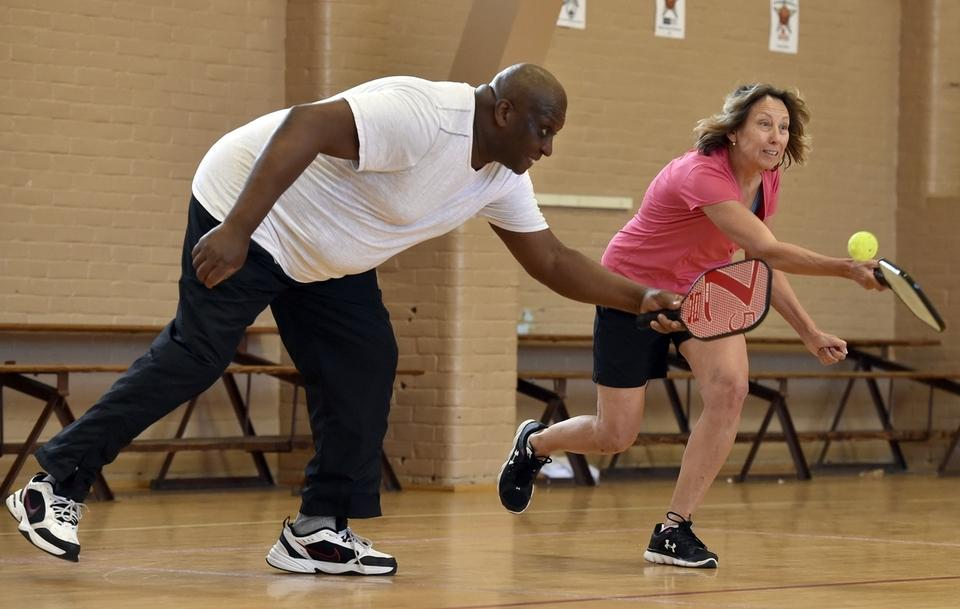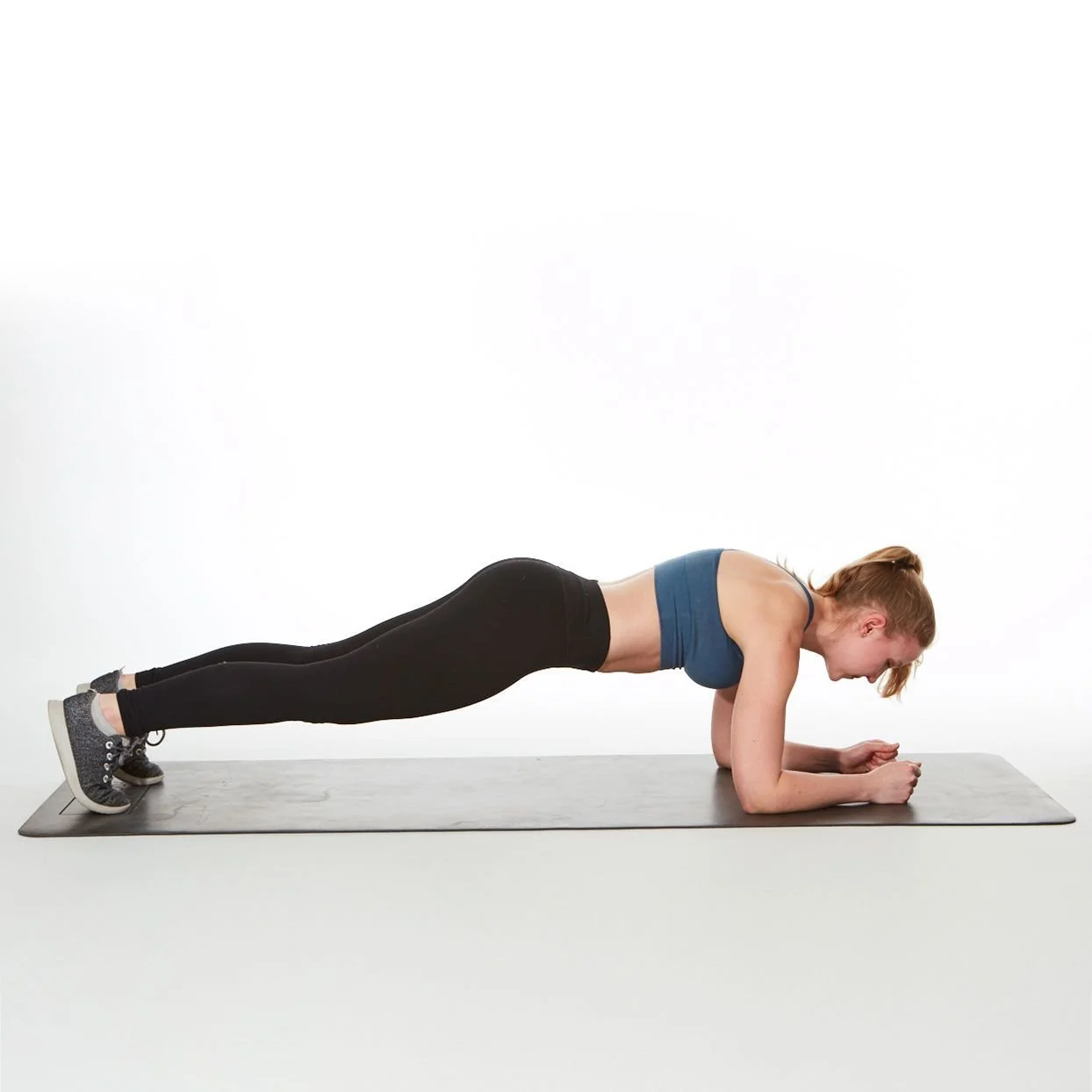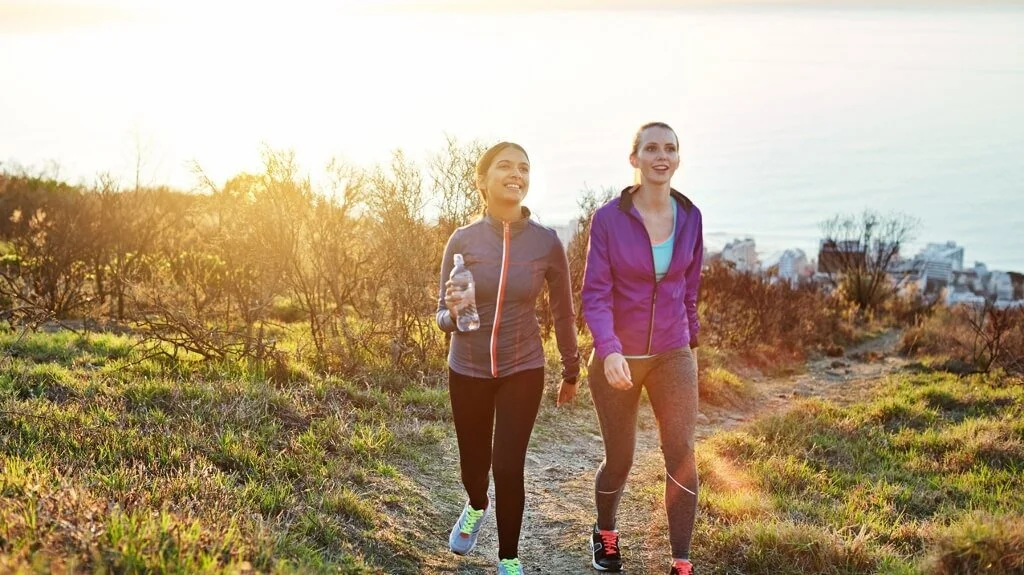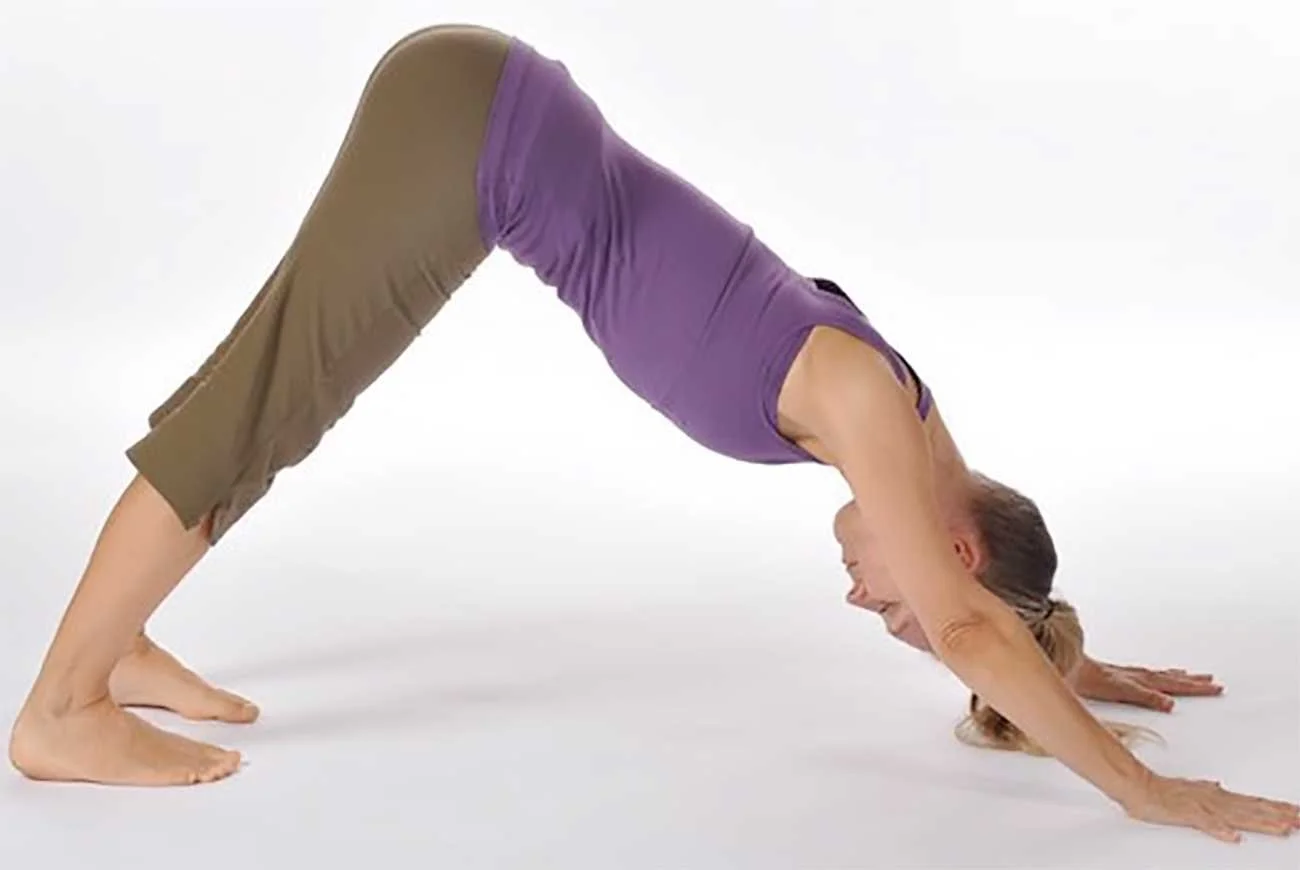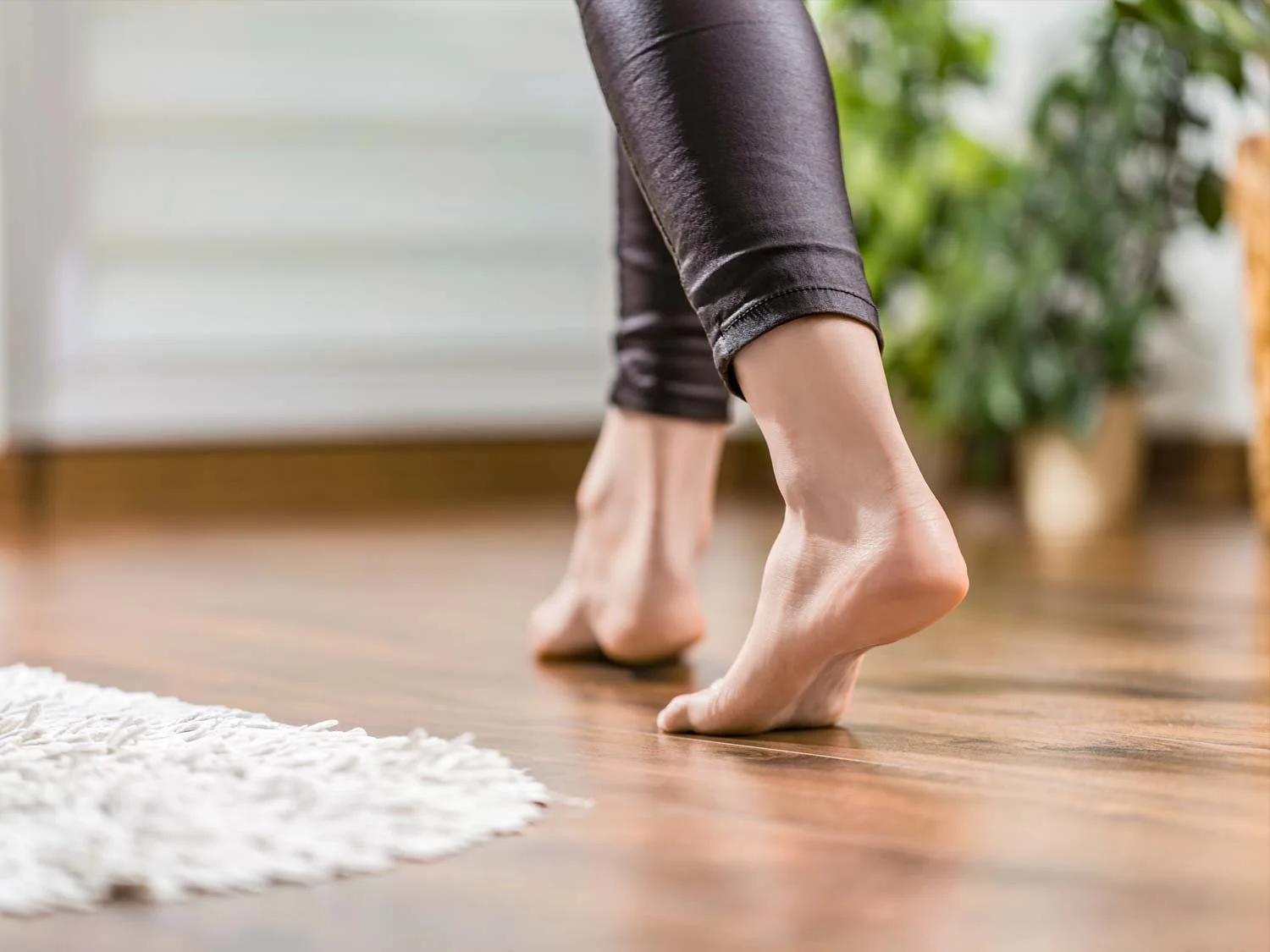Why Balance Is the Key to Healthy Aging
“Can You Stand on One Leg for 10 Seconds?”
Why the Answer Matters for Aging
Most people start to lose their sense of balance after age 40—but it doesn’t have to be that way. If you can’t comfortably stand on one leg for 10 seconds, your body may be giving you an important message.
Being able to stand on one leg is one of the most predictive measurements for aging.
The Balance-Aging Connection
A 2024 Mayo Clinic study found that balance is a better predictor of healthy aging than even strength or gait. Why? Because balance involves a symphony of systems:
Your eyes (vision)
Your ears (vestibular system)
Your body’s sensors (joints, muscles, fascia)
Your brain (cognitive function + decision-making)
When one piece declines—whether from inactivity, aging, or disease—your stability suffers.
We know inactivity can lead to poor balance, but brain issues can also lead to poor balance. Chronic conditions like diabetes, arthritis, multiple sclerosis, Parkinson’s, or Alzheimer’s often chip away at balance quietly over time. Sometimes, a simple one-leg test reveals the bigger picture.
Why This Matters
Falls are the leading cause of injury among older adults.
In 2021, falls caused 38,000 deaths among Americans over age 65.
Poor balance shrinks your world—you stop moving as much because you don’t trust your body.
But here’s the hopeful part: Balance is trainable. You can restore it at any age!
How to Restore—and Keep—Your Balance:
1 - Use It or Lose It
Balance declines when we stop challenging it. Just like we get wrinkles on the outside, we get wrinkles inside. If you keep moving, the brain adapts.
What we call ‘normal aging’ is often just long-term neglect. And it can be reversed!
2 - Movement That Protects Balance
Here’s how to keep your stability strong:
✅ Strengthen Your Core
Your trunk is your body’s balance center. Exercises like planks, bridges, and single-leg stands are foundational.
✅ Practice “Dual Tasking”
Try walking while naming fruits from A to Z. This builds cognitive + physical balance at the same time.
✅ Mix It Up
Challenge your vestibular system by changing head positions—yoga poses like downward dog, or looking over your shoulder while walking.
✅ Play with Unpredictability
Frisbee, hiking, juggling, mountain biking, trail running or dancing introduce variety and quick reactions.
✅ Go Barefoot (Safely)
Barefoot walking wakes up your foot muscles and sensors. Start indoors or on grass.
✅ Add Small Challenges
Stand on a foam pad while preparing dinner, balance with eyes closed while brushing your teeth, or walk on uneven surfaces from your car to the grocery store entrance.
3 - Find Joy in Movement
Movement doesn’t have to mean a strict workout routine. The best kind is the kind you’ll actually do. Yoga, tai chi, walking with friends, pickleball, gardening—whatever gets you up and moving counts.
Balance is not fixed. It can always be trained. The most important thing is to move—and to move as much as possible.
Coach Lauren’s Tip
This week’s challenge:
Try the one-leg balance test daily.
Track your progress for 7 days.
Pair it with one new activity that challenges your balance—yoga pose, barefoot walk, or a playful game.
Your balance is more than just physical—it’s your independence, your freedom, your confidence. Start today, even if it’s just 10 seconds at a time.
Regardless of age, I love providing personalized balance programs for all my clients. They find it helps them perform better at all their physical and cognitive activities! Ping me anytime to chat about it - Lauren@ConfluenceCoach.com

